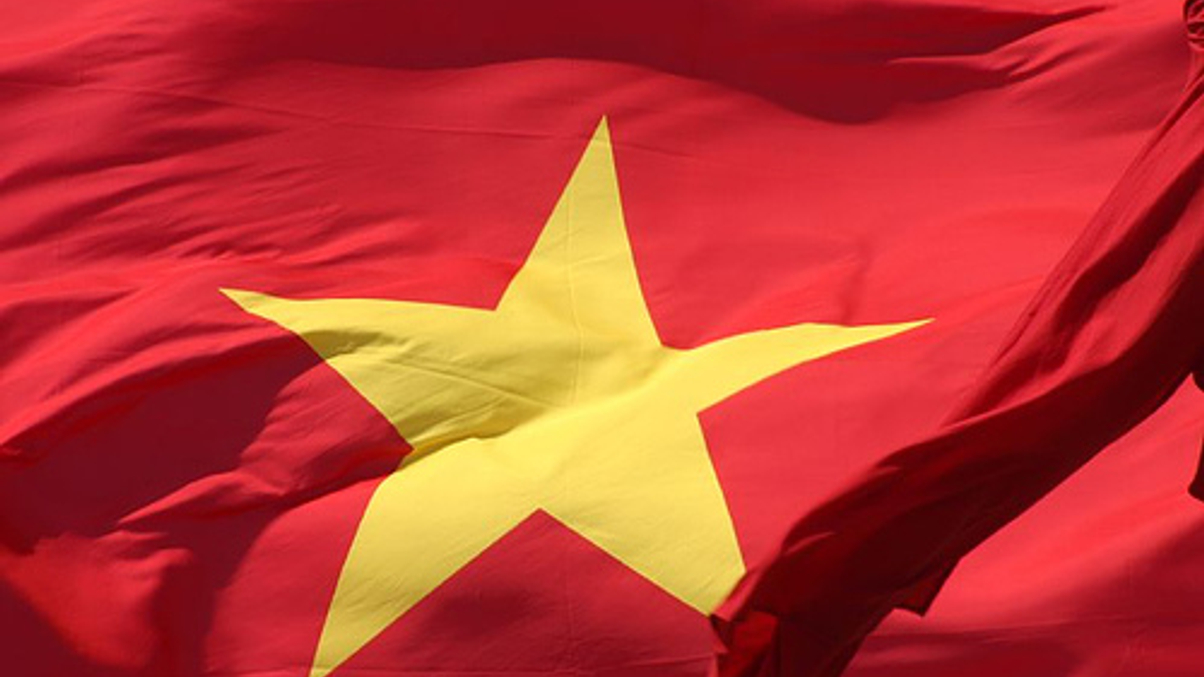Dismal returns to blame for weak enterprise annuity flow?
Poor returns appear to be hampering take-up in a tax incentive savings scheme launched this January amid high hopes in China. But analysts maintain strong growth forecasts.

Poor returns appear to have dampened public appetite for a tax-beneficial retirement savings scheme introduced in China at the start of this year amid high hopes.
Sign in to read on!
Registered users get 2 free articles in 30 days.
Subscribers have full unlimited access to AsianInvestor
Not signed up? New users get 2 free articles per month, plus a 7-day unlimited free trial.
¬ Haymarket Media Limited. All rights reserved.


